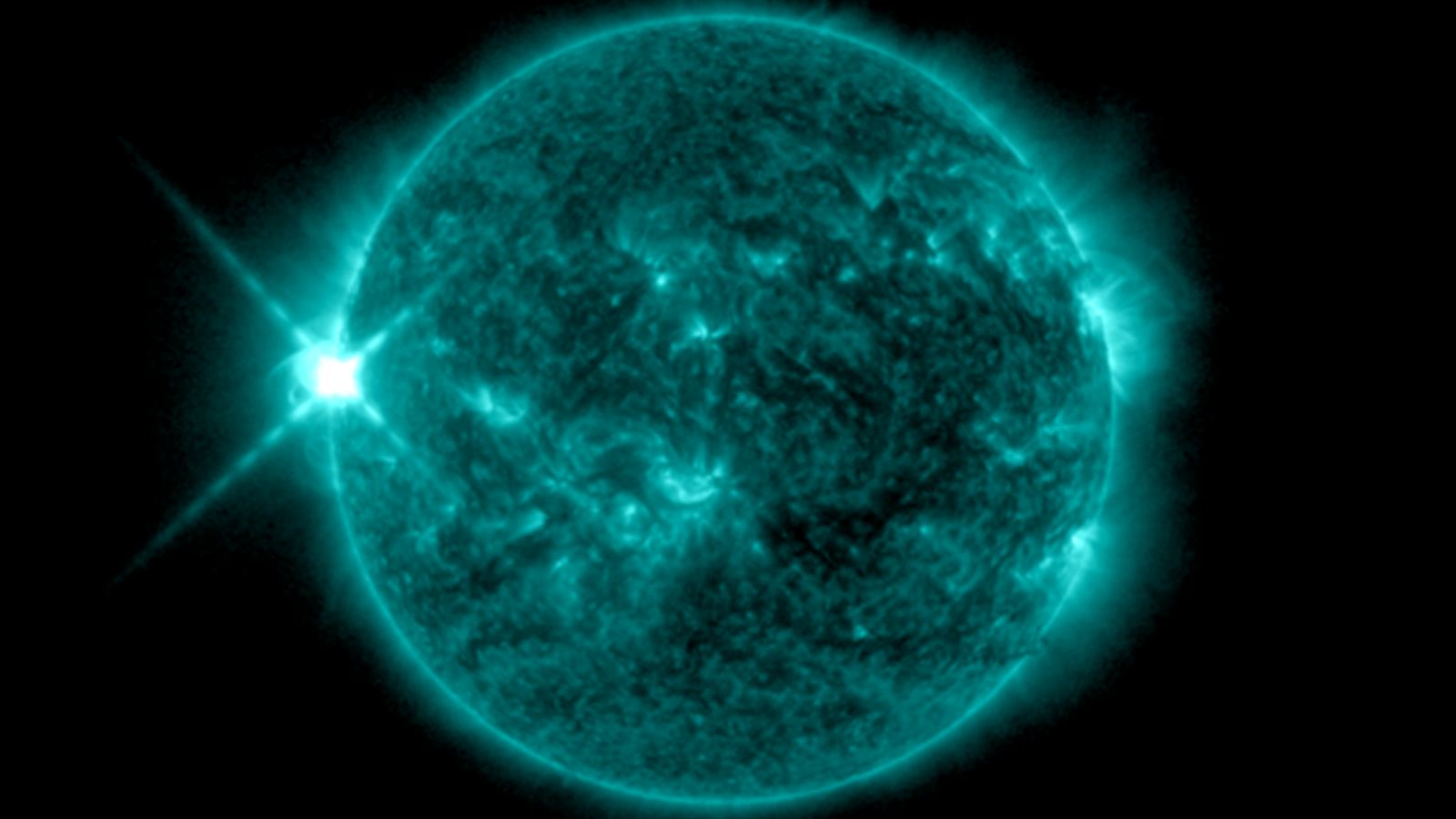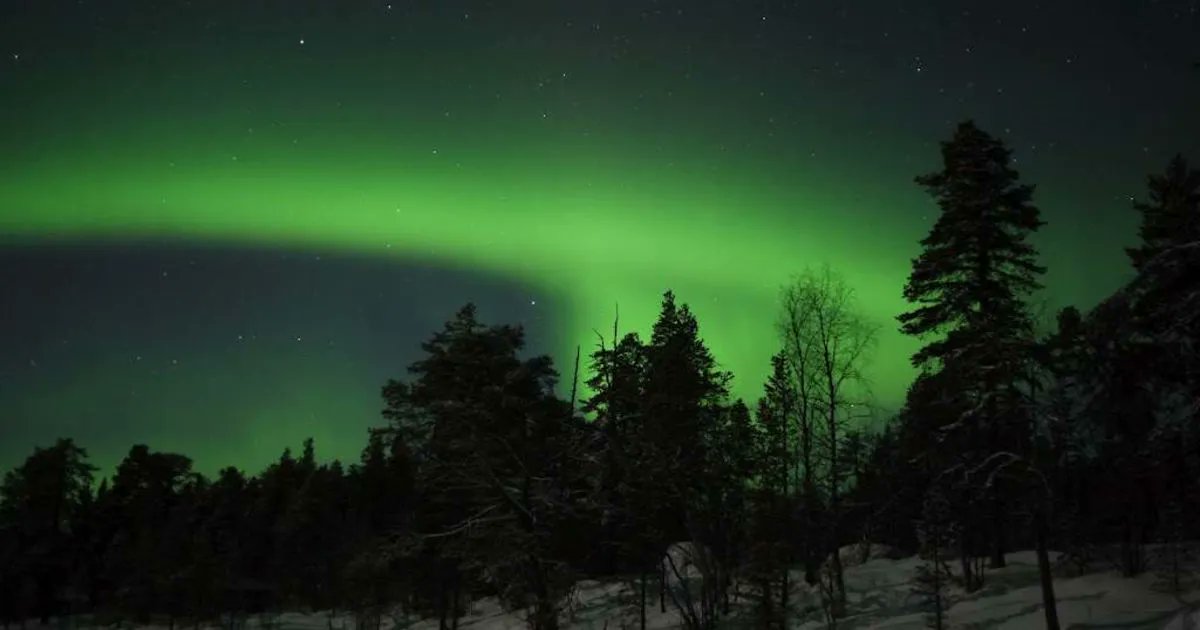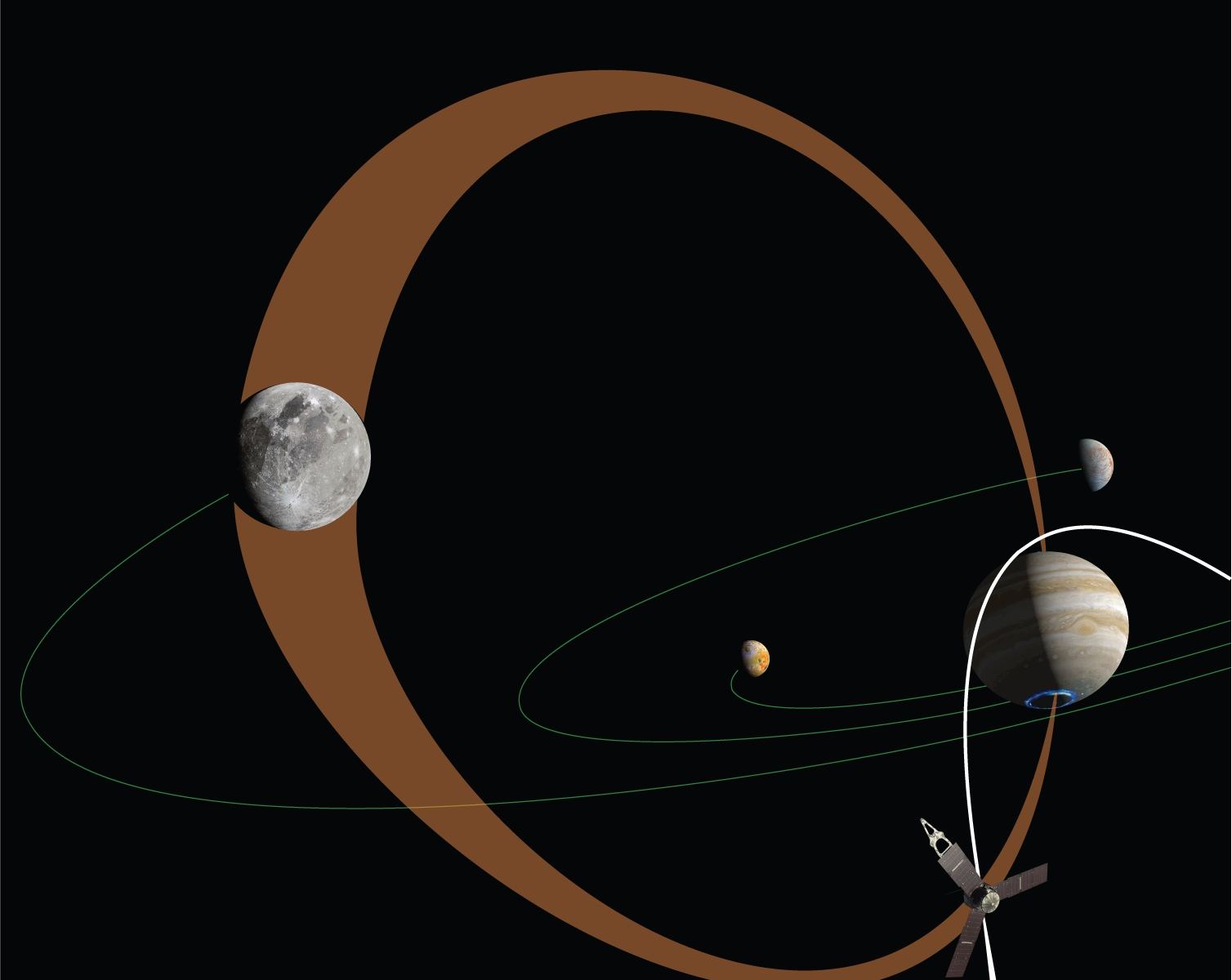On May 10th, 2024, people across North America were treated to a rare celestial event: an aurora visible from the Eastern Seabord to the Southern United States. This particular sighting of the Northern Lights (aka. Aurora Borealis) coincided with the most extreme geomagnetic storm since 2003 and the 27th strongest solar flare ever recorded. This led to the dazzling display that was visible to residents all across North America but was also detected by some of Ocean Networks Canada‘s (ONC) undersea sensors at depths of almost three kilometers.
Continue reading “That Recent Solar Storm Was Detected Almost Three Kilometers Under the Ocean”What a Weekend! Spectacular Aurora Photos from Around the World

“A dream come true.”
“I never expected this!”
“The most amazing light show I’ve ever seen in my life!”
“Once in a lifetime!”
“No doubt, this weekend will be remembered as ‘that weekend.’”
That’s how people described their views of the Aurora borealis this weekend, which put on a breathtaking celestial show around the world, and at lower latitudes than usual. This allowed hundreds of millions of people to see the northern lights for the first time in their lives. People as far south as Arizona and Florida in the US and France, Germany and Poland in Europe got the views of their life as a series of intense solar storms – the most powerful in more than 20 years – impacted Earth’s atmosphere starting Friday and through the weekend.
Continue reading “What a Weekend! Spectacular Aurora Photos from Around the World”If You’ve Never Seen An Aurora Before, This Might Be Your Chance!
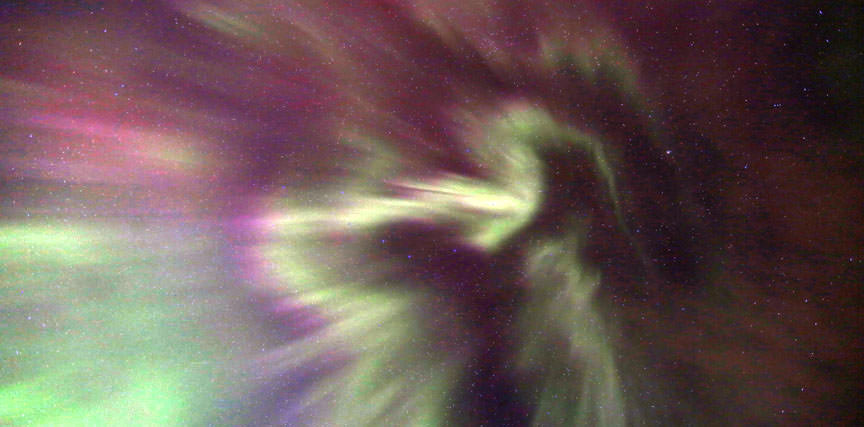
Tonight and the rest of the weekend could be your best chance ever to see the aurora.
The Sun has been extremely active lately as it heads towards solar maximum. A giant Earth-facing sunspot group named AR3664 has been visible, and according to Spaceweather.com, the first of an unbelievable SIX coronal mass ejections were hurled our way from that active region, and is now hitting our planet’s magnetic field.
Solar experts predict that people in the US as far south as Alabama and Northern California could be treated to seeing the northern lights during this weekend. For those of you in northern Europe, you could also be in for some aurora excitement. Check the Space Weather Prediction Center’s 30-minute Aurora Forecast for the latest information.
If the weather conditions are right in your area, you might hit the aurora jackpot. See a map with predictions, below.
Continue reading “If You’ve Never Seen An Aurora Before, This Might Be Your Chance!”A Solo Brown Dwarf Found With Auroras
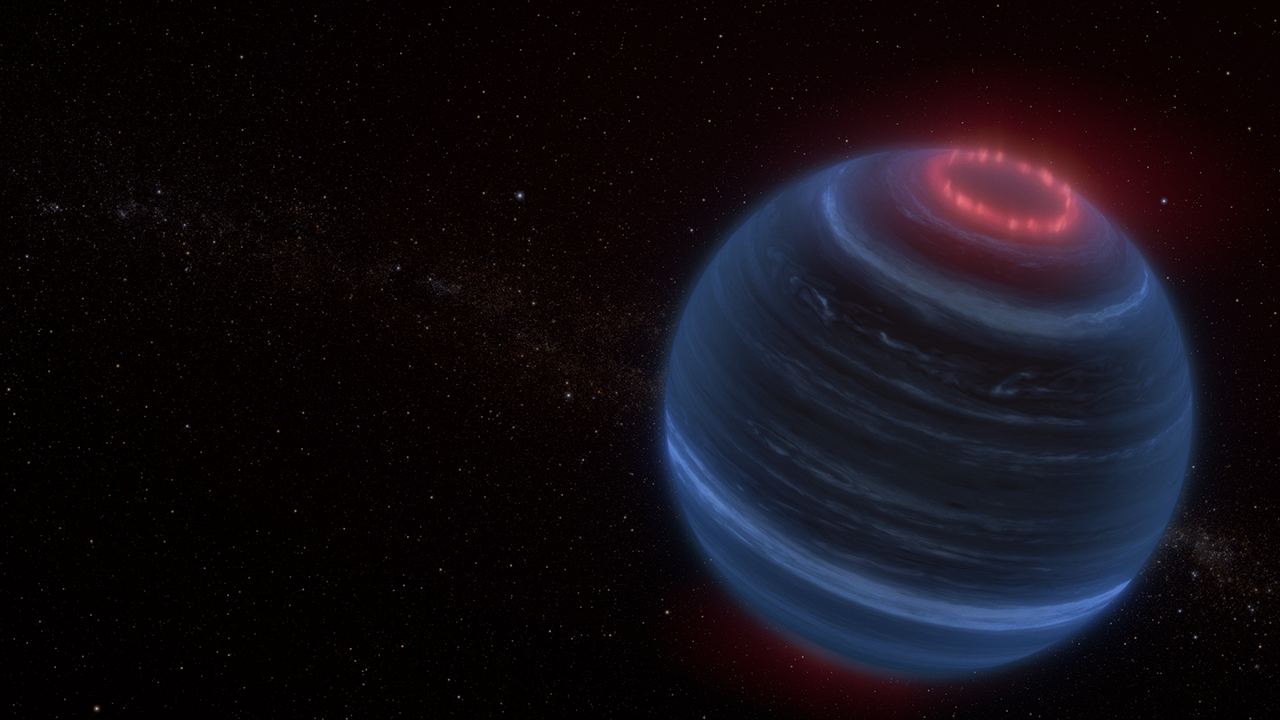
Astronomers have used JWST to find a brown dwarf with polar auroras like the Earth, or Jupiter. This is surprising because the brown dwarf, dubbed W1935, is a free-floating object, meaning it isn’t part of another star system. Therefore, there’s no solar wind available to generate any Northern Lights. Instead, the auroras are seemingly generated from methane emissions in the planet’s atmosphere, interacting with the interstellar plasma. Another theory is that it perhaps has an active but unseen moon contributing to the emissions.
Continue reading “A Solo Brown Dwarf Found With Auroras”The Sun Just Blasted its Strongest Flare in 6 Years. Get Ready for Auroras
While many of us were celebrating the end of 2023 and the coming of 2024, the Sun was having its own celebration blasting an X5.0 flare from sunspot region 3536. Records show this to be the most powerful flare seen since 10 September 2017 when an X8.2 flare erupted. The flare is expected to arrive around Jan 2 – EEK that’s today! Get your aurora watching kit out!
Continue reading “The Sun Just Blasted its Strongest Flare in 6 Years. Get Ready for Auroras”Aurora Hunter Todd Salat Captures a Bizarre Spiral Made by a SpaceX Fuel Dump
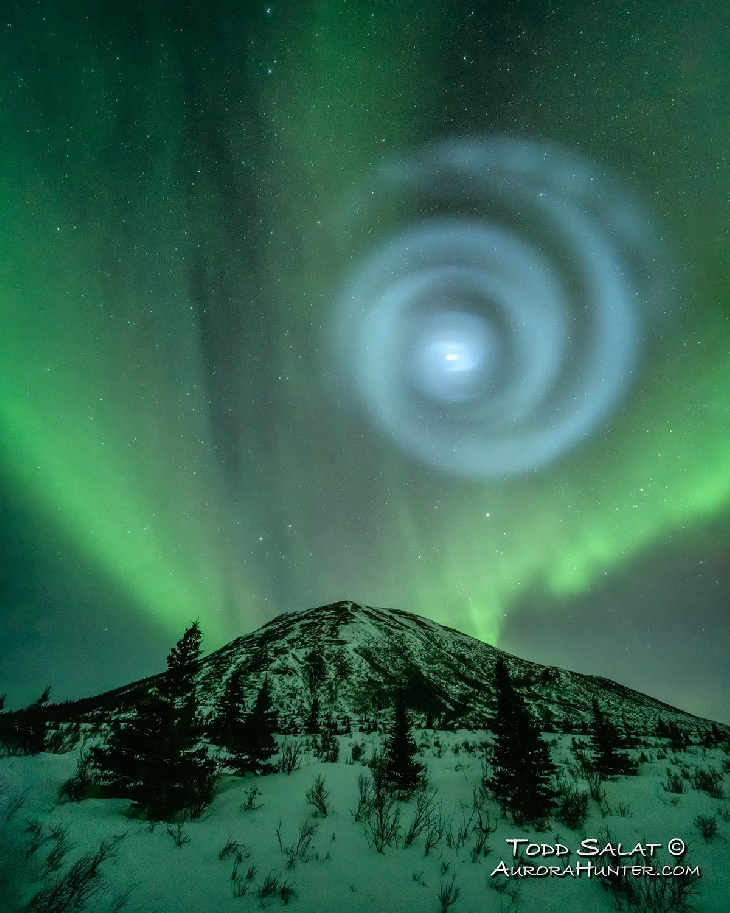
Astrophotographer Todd Salat was out in the early hours of April 15, 2023, hoping to capture an aurora display over Donnelly Dome near Delta Junction, Alaska. While the stunning aurora didn’t disappoint, Salat was in for a surprise: a weird spiral appeared in the sky over the summit.
“I had no idea of what I was seeing,” Salat said on his website, “but this phenomenon appears to be caused by engine exhaust from a SpaceX Transporter-7 mission that launched southward on the Falcon 9 about three hours earlier from the Vandenberg Space Force Base in California.”
Continue reading “Aurora Hunter Todd Salat Captures a Bizarre Spiral Made by a SpaceX Fuel Dump”Even if you can’t see Auroras, You Can Sometimes Hear Them. Here’s What They Sound Like
Auroras are some of Earth’s most spectacular natural phenomena. Travelers come from far and wide to see the incredible Northern Lights and wonder at their beauty. Once thought to be magical in nature, most science fans understand that the lights are formed by the solar wind interacting with our magnetosphere. But did you know they also make sounds?
Continue reading “Even if you can’t see Auroras, You Can Sometimes Hear Them. Here’s What They Sound Like”Jupiter and Ganymede are Connected by Magnetic Fields
On July 5th, 2016, NASA’s Juno spacecraft arrived at Jupiter and began its four-year mission (which has since been extended to 2025) to study the gas giant’s atmosphere, composition, magnetosphere, and gravitational environment. Juno is the first dedicated mission to study Jupiter since the Galileo probe studied the system between 1995 and 2003. The images and data it has sent back to Earth have revealed much about Jupiter’s atmosphere, aurorae, polar storms, internal structure, and moons.
In addition, the Juno mission has allowed astronomers to learn more about how magnetic interaction between some of Jupiter’s moons and its atmosphere leads the gas giant to experience aurorae around its northern and southern poles. After analyzing data from Juno’s payload, a team of researchers from the Southwest Research Institute (SwRI) observed how streams of electrons from Ganymede (Jupiter’s largest moon) leave an “auroral footprint” in Jupiter’s atmosphere.
Continue reading “Jupiter and Ganymede are Connected by Magnetic Fields”Researchers Use Ancient Literature to Track 3,000 Years of Auroras
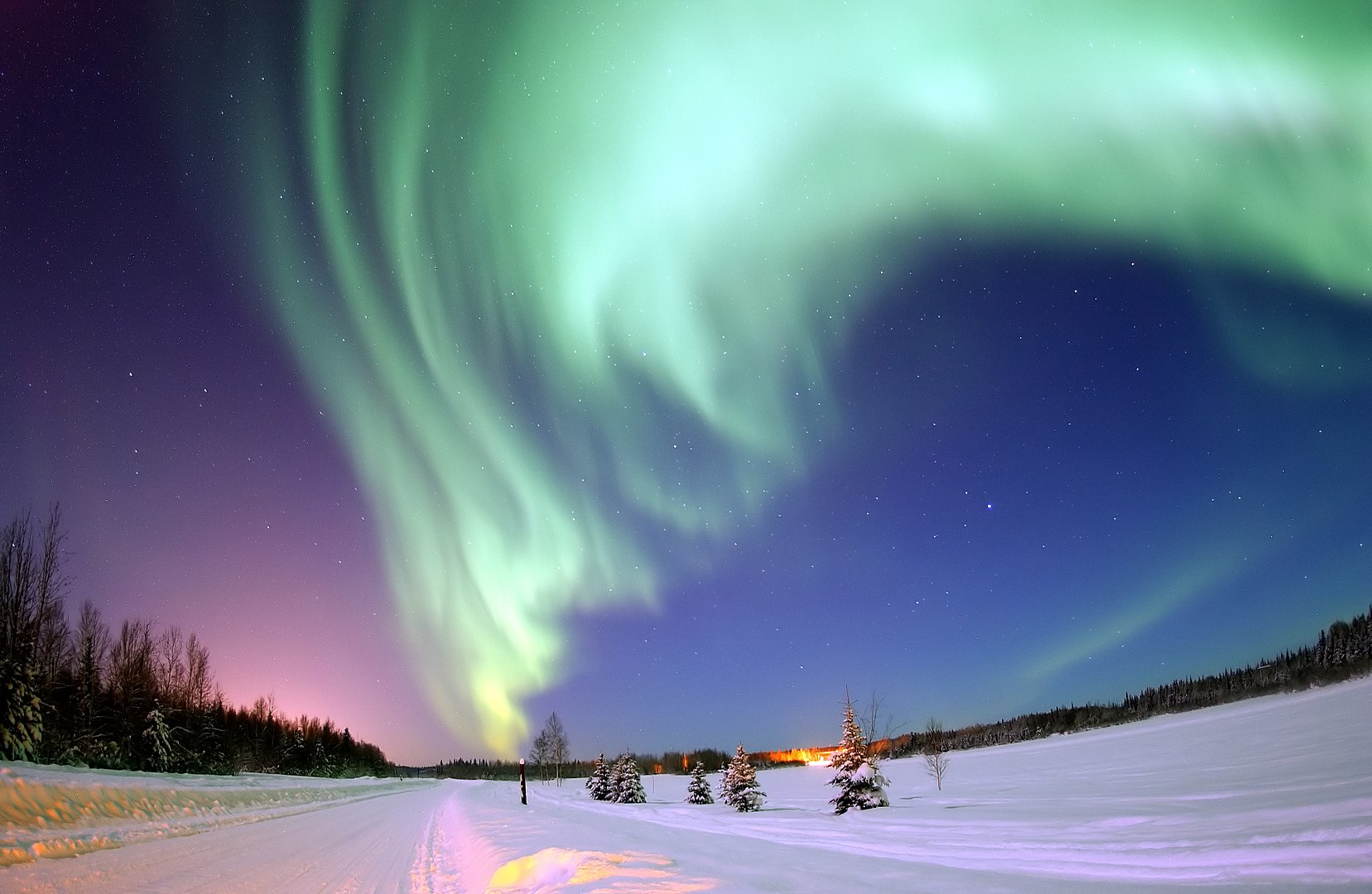
Auroral activity on Earth varies over time. As the magnetic poles drift, auroras can appear at different latitudes around the globe. Solar activity also affects them, with powerful solar storms pushing the auroras further into mid-latitudes.
In an effort to better understand how auroras move around, how they’ll move in the future, and when powerful solar storms might pose a threat, a team of researchers have tracked auroral activity for the last 3,000 years.
Continue reading “Researchers Use Ancient Literature to Track 3,000 Years of Auroras”Here’s the View From Sweden During the Recent Solar Storm
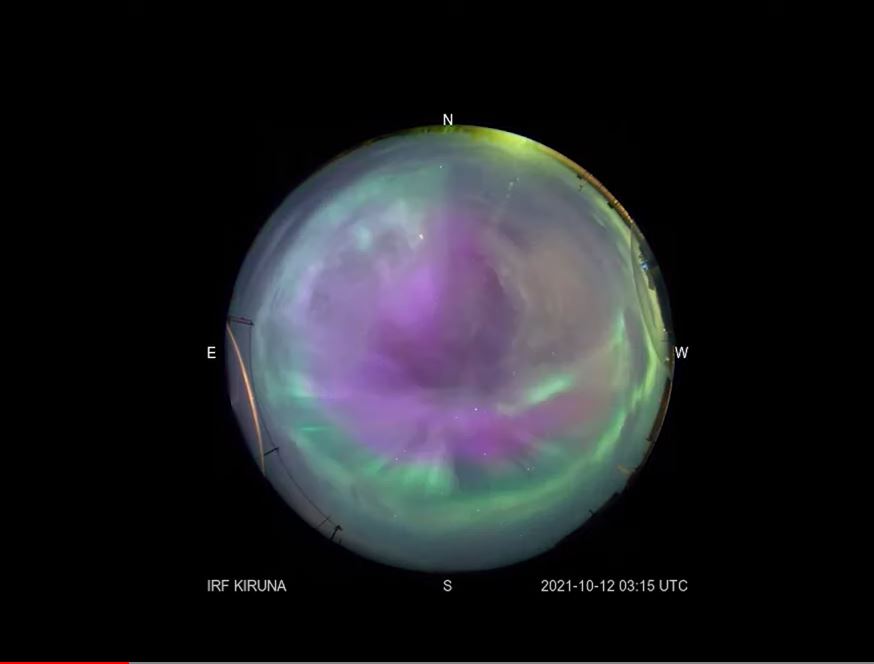
Vivid green and purple aurora swirled and danced across the entire night sky in Sweden recently. The nighttime light show was captured by an all-sky camera in Kiruna, Sweden, which is part of the European Space Agency’s (ESA) Space Weather Service Network.
Continue reading “Here’s the View From Sweden During the Recent Solar Storm”

